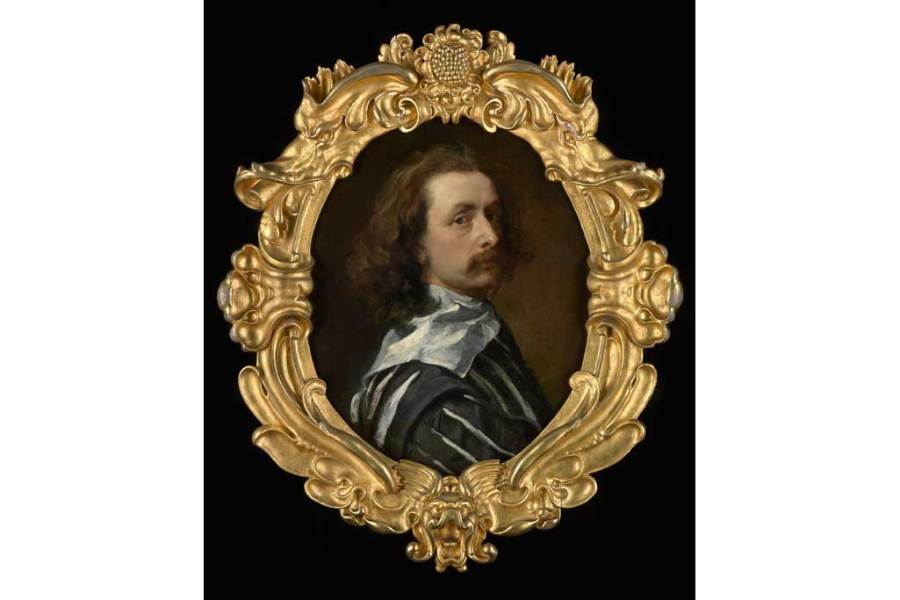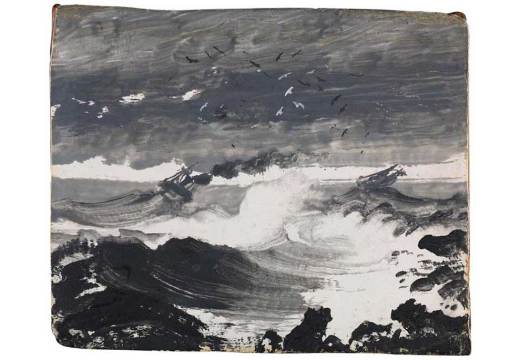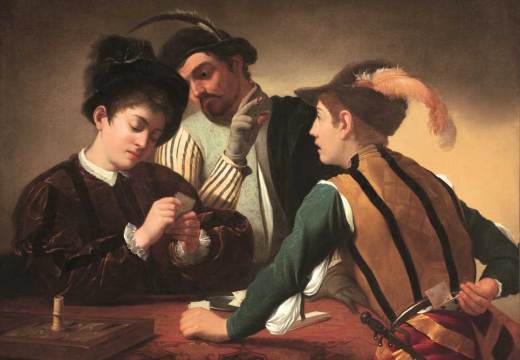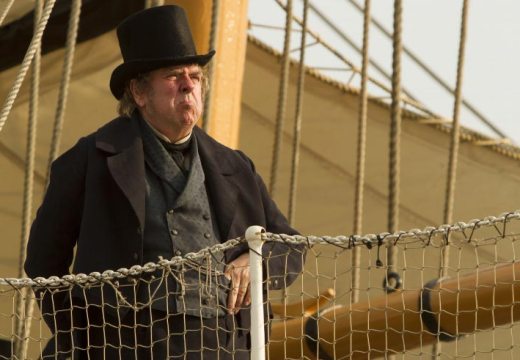Van Dyck’s celebrated last self-portrait, which the National Portrait Gallery bought last year, begins its tour of the UK at Turner Contemporary in Margate where it forms the centrepiece of a new exhibition, ‘Self’. Sarah Martin, the curator, tells us more.
Click here for a gallery of highlights from the exhibition.
Can you tell us a bit about the exhibition?
‘Self’ is an exhibition of self-portraits from the 16th century to now. At its centre is the last known self-portrait painted by Anthony van Dyck (1599–1641), the most influential portraitist ever to have worked in Britain and the UK’s first ‘celebrity’ artist. The National Portrait Gallery acquired the painting in 2014. We have worked with the gallery to create a show of historical and contemporary works from their collection and other places that re-evaluates how artists have chosen to represent themselves across a whole range of media. After the exhibition at Turner Contemporary, the Van Dyck self-portrait will tour to other museums and galleries around the country.
What makes this a distinctive show?
Firstly, it will be the first time Van Dyck’s incredible last self-portrait is seen in a public institution outside of London. At Turner Contemporary, it will be displayed within the context of a trans-historical exhibition that includes figures such as Thomas Gainsborough, Joseph Wright and Angelica Kauffman, as well as major 20th-century and contemporary artists including Andy Warhol, Lucian Freud, Louise Bourgeois, Damien Hirst, Sarah Lucas, Ian Breakwell, Felix Gonzales-Torres and many others (over 100 works in total).
Taking this approach allows us to consider how the role of self-portraiture has shifted over time from producing likenesses as keepsakes for friends or as public statements of creative identity, to more recent conceptual responses to self-portraiture such as Felix Gonzales-Torres’ text portrait (Untitled, 1989), the content of which is added to each time it is shown in a new location. The earliest work in the exhibition (which is also the earliest self-portrait in the NPG collection) is a double portrait miniature by Gerlach Flicke; the most recent is a new commission by Jason Evans (Self-Portrait as Sound System).
How did you come to curate this exhibition?
We knew that the show couldn’t be an exhaustive survey of self-portraiture but we started by thinking about the Van Dyck painting and what makes it so important: the fact that the artist caused such a seismic shift in the approach to portraiture in the 17th century that was to last for at least the next three centuries; that his portraits were a form of ‘self-advertisement’ and show an acute awareness of his identity and public image as a successful artist; that it was his final self-portrait, made in the last year of his life at the age of 42 and that his various self-portraits (there are seven known in total) trace his life as an artist. That led us to think about certain themes that run through the selection of works in the show including image and identity, patronage, mortality and celebrity. We were lucky to have fantastic access to works in the National Portrait Gallery, which has the largest collection of portraits in the world, and we were also able to borrow from other public and private collections in the UK and abroad.
What is likely to be the highlight of the exhibition?
Seeing Van Dyck in Margate has to be a highlight! But also experiencing other historical works in dialogue with contemporary practice, which is something that the breadth of our programme at Turner Contemporary allows us to do.
And what’s been the most exciting personal discovery for you?
In the course of researching Van Dyck, his immediate precursors and his contemporaries, it has been particularly interesting to learn just how many of the artists that came to London in the 17th century were immigrants from continental Europe who introduced new skills and approaches to British art. The city into which Van Dyck arrived was a real melting pot, with an expanding population of religious and economic migrants. This transformed not only painting, but also many other crafts.
What’s the greatest challenge you’ve faced in preparing this exhibition?
We always show work by J.M.W. Turner as part of our programme. Turner was known to dislike his physical appearance and rarely allowed his portrait to be painted. There are only three known self-portraits in existence by Turner (his most famous self-portrait from 1799 is on display in the Clore Gallery at Tate Britain) but we were fortunately able to borrow an early miniature in watercolour from the National Portrait Gallery collection, painted when he was approximately 15 years old.
How are you using the gallery space? What challenges will the hang/installation pose?
The exhibition will be installed throughout our three gallery spaces, with historical and contemporary art juxtaposed in the first two galleries and the third focusing on contemporary responses to the challenge of self-representation. Mixing historical and contemporary art in different media presents a number of practical challenges as different works have varying conservation and display requirements. We often take this approach at Turner Contemporary however, and it’s been a fascinating process to work with colleagues to think about the installation of such a large number of works in order to tell the story we want to tell.
Which other works would you have liked to have included?
We would have liked to have included a painting by Rembrandt, another great self-portraitist and contemporary of Van Dyck, but unfortunately this wasn’t possible. Rembrandt painted more self-portraits than any other artist of the period, creating a kind of visual diary of his life until his death aged 63. As the recent exhibition at the National Gallery showed, his last portraits were unflinchingly honest and poignant images of old age.
‘Self’ is at Turner Contemporary, Margate, from 24 January–10 May.
Related Articles
£10 million raised to keep Van Dyck’s last self-portrait in the UK
Restrain your selfie: a defence of the self-portrait (Maggie Gray)
Unlimited access from just $16 every 3 months
Subscribe to get unlimited and exclusive access to the top art stories, interviews and exhibition reviews.














![Masterpiece [Re]discovery 2022. Photo: Ben Fisher Photography, courtesy of Masterpiece London](http://www.apollo-magazine.com/wp-content/uploads/2022/07/MPL2022_4263.jpg)
It’s time for the government of London to return to its rightful home